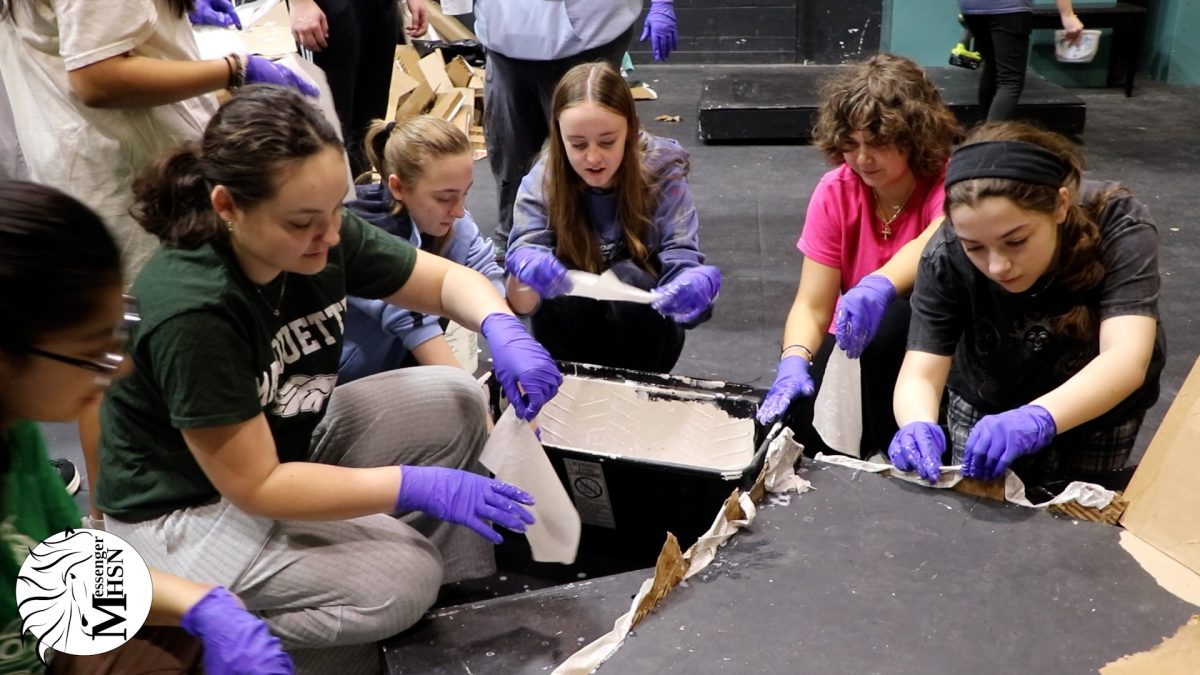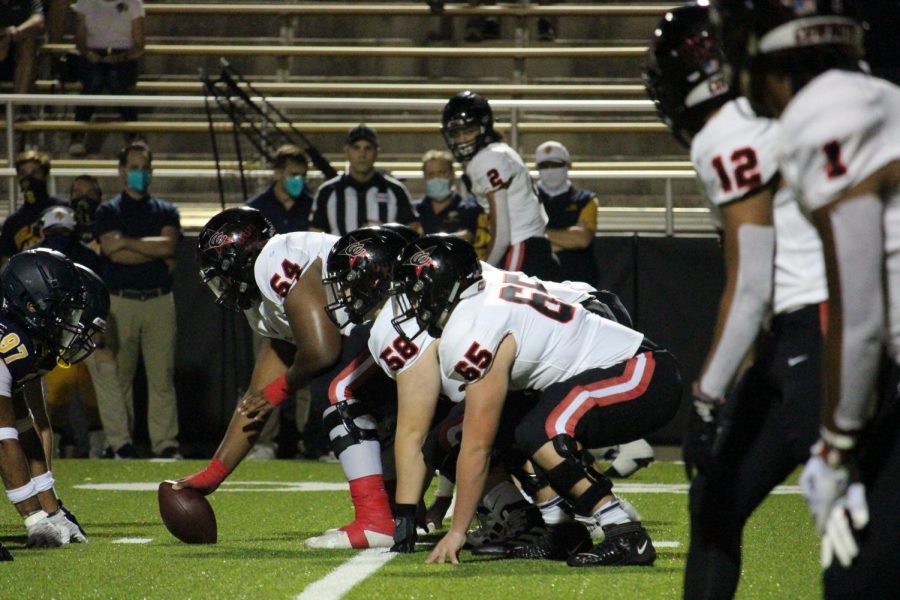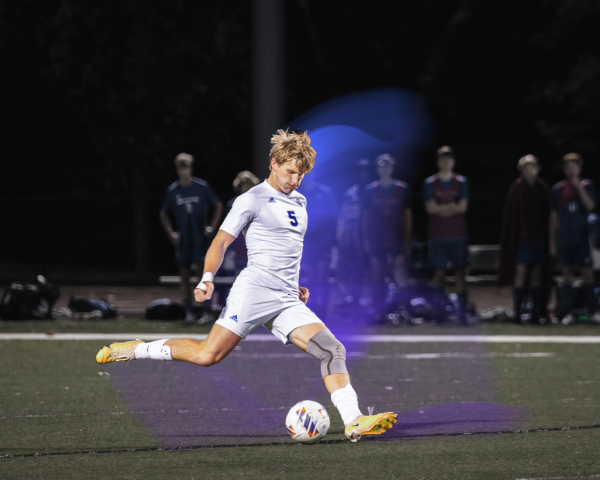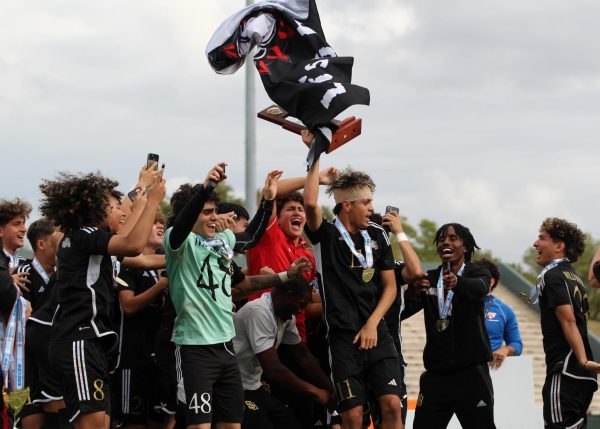The bottom line
Linemen serving as essential yet unappreciated components of football
Blanche Harris
Coppell senior center Febechi Nwaiwu, senior offensive linemen Austin Darcy and sophomore offensive lineman Trevor Timmerman prepare for a play against Highland Park at Highlander Stadium on Oct. 9. The Sidekick executive editor-in-chief Sally Parampottil believes linemen are essential to football but often go underappreciated.
October 21, 2020
The modern perception of football would not exist without linemen.
The thuds of bodies slamming into one another, the grunts and huffs of players as they grapple, the iconic row of squat poses as the ball snaps and the play begins – the imagery most people associate with football is all dependent on the existence of linemen.
However, despite their importance to the game, linemen often go underappreciated and underrepresented in the media.
“They add so much more than people think,” Coppell junior defensive lineman Sammy Hernandez said. “They add joy to the team, they add a presence to the team that people who don’t play football don’t understand. Everyone outside football thinks linemen are the least important in how ‘they’re just big guys, they’re not skilled guys,’ but we’re honestly one of the biggest impacts of the game.”
Even the average person could probably give a general idea of what the quarterback does and take an accurate guess at what a running back or receiver does just by the name alone. In contrast, most non-football fans probably would not be able to define the role of a lineman other than they stand in a line. To many, the large, not-too-smart athlete is the stereotype given to linemen.
“Yes, we are strong, yes, we are big, but we are more than that,” Hernandez said. “We are part of the team, even if people don’t realize because we don’t score points. We just don’t get enough credit for what we do in the game and how our positions show us to the public.”
Defensive linemen are tasked with trying to take down the quarterback. When one breaks through the offensive line and knocks him down behind the line of scrimmage before he throws the ball, it is called a sack, which is a major statistic for the defense.
Though this objective measurement exists for defensive linemen, it is often unnoticed by the media, specifically local media.
The Dallas Morning News’ high school sports section has a page for individual rankings with football statistics. On that page is a list of the leading players for rushing, passing and receiving yards in the North Texas area. While there are team stats for leading offenses and defenses, there are no individual defensive stats.
“It’s not fair for us,” Hernandez said. “I understand [the quarterback, running backs and receivers] get most of the glory all the time, but we are really huge factors – the defensive line – in how if we sack that quarterback for negative yards, that can turn into a third and long or a second and long or even make them punt. They should add sacks because it’s just like scoring a touchdown. If our receiver gets three to four touchdowns a game and I get three or four sacks a game, you don’t hear that as a big factor or in recognition of some way.”
The offensive line has a similar problem in lack of media recognition, but it stems also from a lack of statistics to use.
“It’s hard to gage statistics for offensive linemen because each coach has a different definition of what a pancake is or what a domination block is,” Coppell offensive line coach Allen Oh said. “With rushing yards, you can easily measure that. We don’t really have anything we can measure, and the things we can measure can obviously be skewed based off of what kind of offense we’re running.”
When looking at Coppell Student Media’s coverage of the 2019 football season, one can count how many times overall linemen were recognized in previews or post-game stories. In total, offensive and defensive linemen were mentioned by name or spoken to only nine times for the entire season. Of those nine times, five were offensive linemen (four from quotes or mentioned in a quote and one was about the other team’s offensive lineman scoring a touchdown) and the remainder were defensive linemen (two quotes, a forced fumble and an injury).

Compare that to the 32 times a quarterback, 17 times a receiver and 12 times a running back were mentioned or interviewed.
“When you talk about the news, the only time when linemen get reported or some publicity is when they sign a big contract, because we don’t have the stats,” Oh said. “Every game, they’re going to talk about how many yards the quarterback threw for, how many yards the running back rushed for, how many tackles a linebacker had, but they’re never going to talk about how many pancakes the O-line got.”
Coppell football has two graduates currently playing in the NFL – both of them linemen. Class of 2014 graduate Solomon Thomas plays for the San Francisco 49ers as a defensive lineman (who played in the 2020 Super Bowl) and class of 2015 graduate Connor Williams plays for the Dallas Cowboys as an offensive linemen. In terms of representation on the national level, Coppell linemen have more than any other position.
“They’re huge impacts in their team,” Hernandez said. “Even if they’re not a skill guy, they’re still linemen and still hold a huge weight of the team.”
While it is possible to play football without linemen, it is practically a different game.
“[Linemen] add more of a timer on the quarterback and the running back,” Coppell senior offensive linemen Austin Darcy said. “In 7-on-7, you don’t have any linemen, it’s just skill position on skill position. On 11 on 11, you have offensive linemen and defensive linemen, and you’re going to have that timer on the quarterback… It adds that timer that really forces that ball in the quarterback’s hand to make a last second decision.”
If not through media and statistics, linemen deserve positive recognition from the public. Without their contributions to the game in terms of raising the stakes and adding that famous football physicality, the game just would not be the same.
“The general perception is that we’re just big guys who just hit people. There’s more to the person, to the offensive line, than just that,” Oh said. “If someone were to sit in one of my meeting rooms during an offensive line meeting and go through all the different looks and blocking schemes and they were to see how our kids answer those questions, they would be so shocked and impressed by how fast they have to think and act and do the job.”
This story was originally published on Coppell Student Media on October 21, 2020.





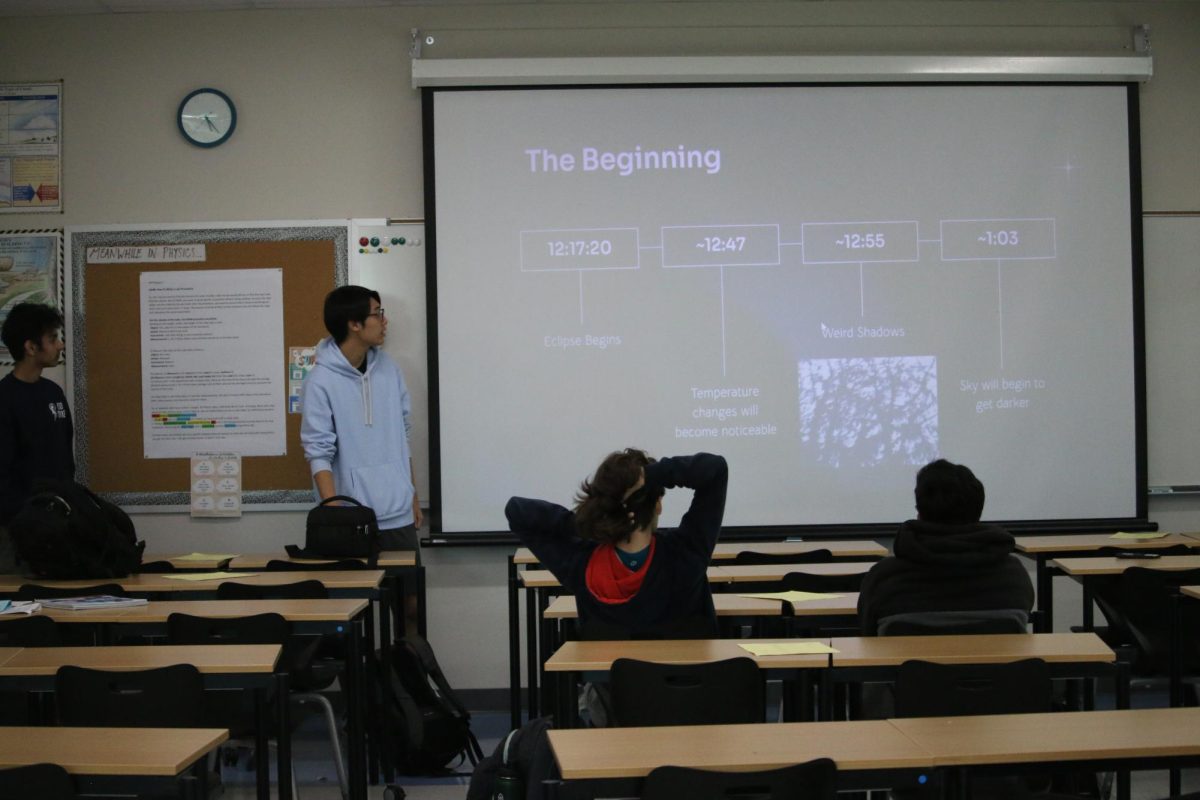
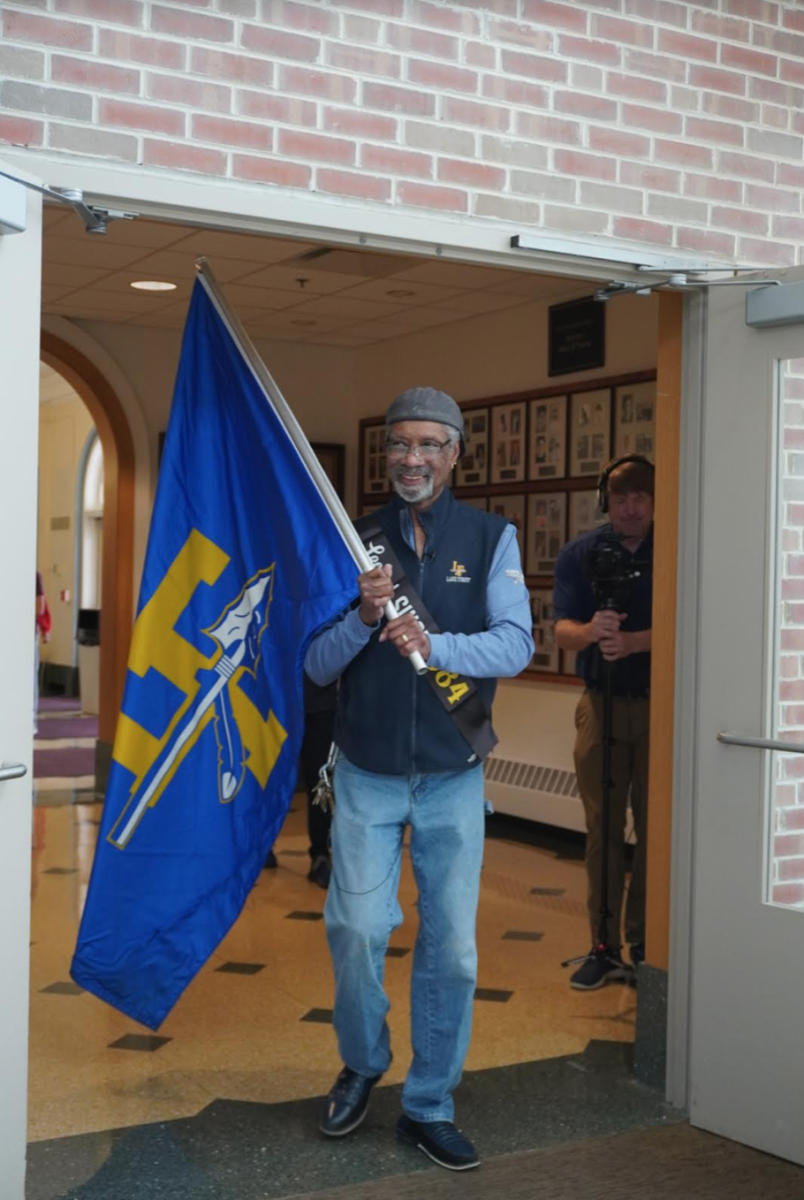



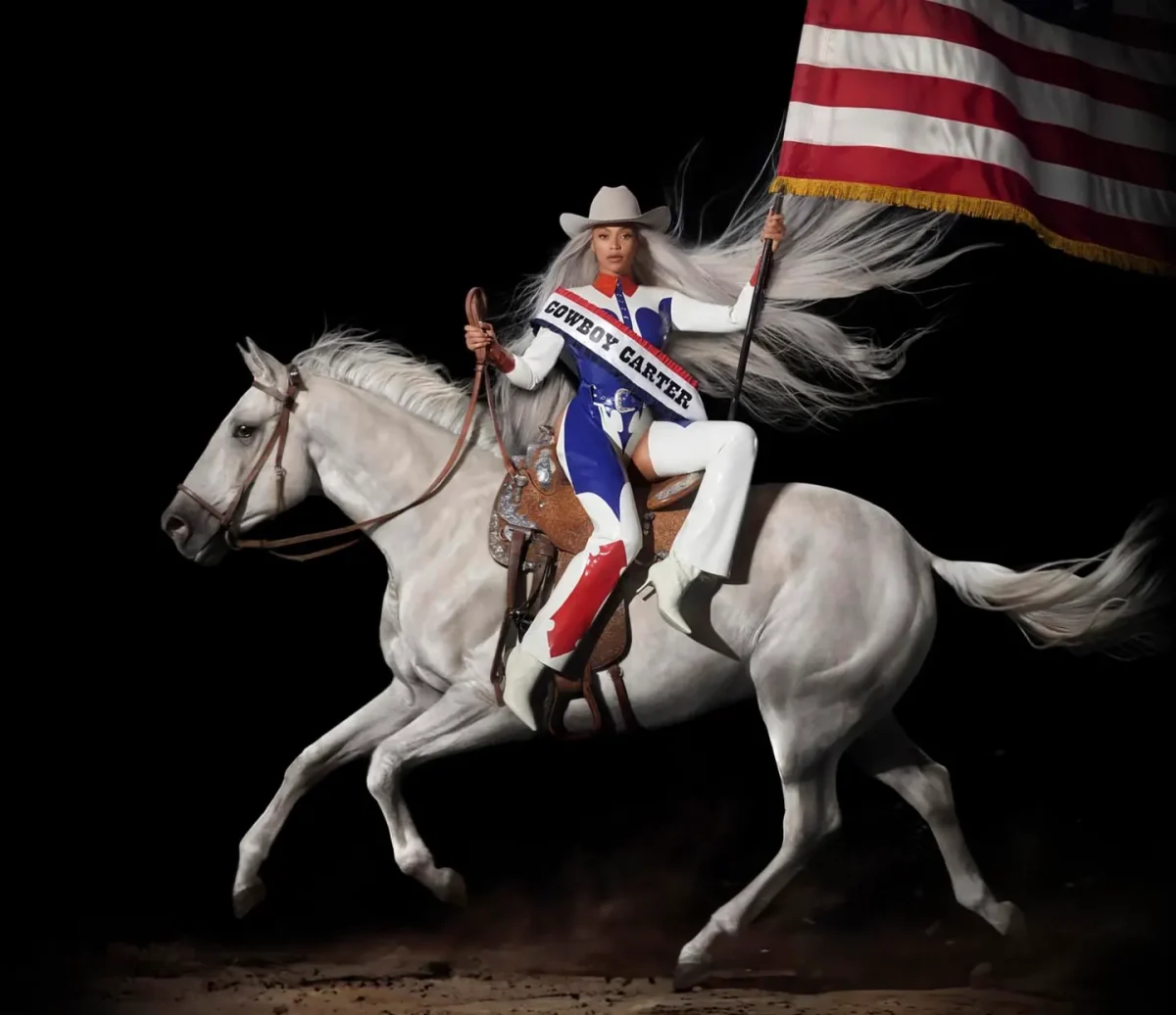


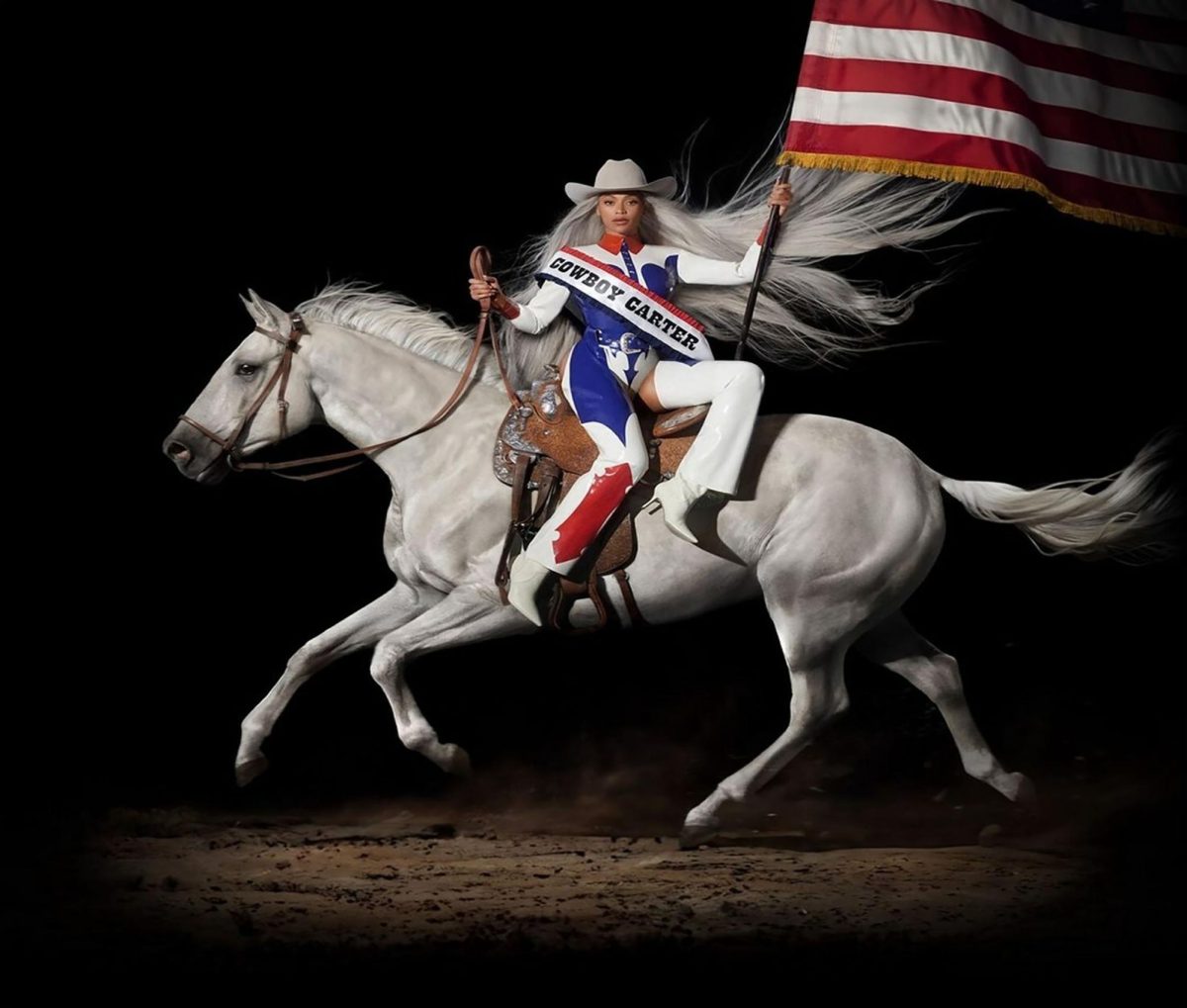














![IN THE SPOTLIGHT: Junior Zalie Mann performs “I Love to Cry at Weddings,” an ensemble piece from the fall musical Sweet Charity, to prospective students during the Fine Arts Showcase on Wednesday, Nov. 8. The showcase is a compilation of performances and demonstrations from each fine arts strand offered at McCallum. This show is put on so that prospective students can see if they are interested in joining an academy or major.
Sweet Charity originally ran the weekends of Sept. 28 and Oct. 8, but made a comeback for the Fine Arts Showcase.
“[Being at the front in the spotlight] is my favorite part of the whole dance, so I was super happy to be on stage performing and smiling at the audience,” Mann said.
Mann performed in both the musical theatre performance and dance excerpt “Ethereal,” a contemporary piece choreographed by the new dance director Terrance Carson, in the showcase. With also being a dance ambassador, Mann got to talk about what MAC dance is, her experience and answer any questions the aspiring arts majors and their parents may have.
Caption by Maya Tackett.](https://bestofsno.com/wp-content/uploads/2024/02/53321803427_47cd17fe70_o-1-1200x800.jpg)
![SPREADING THE JOY: Sophomore Chim Becker poses with sophomores Cozbi Sims and Lou Davidson while manning a table at the Hispanic Heritage treat day during lunch of Sept 28. Becker is a part of the students of color alliance, who put together the activity to raise money for their club.
“It [the stand] was really fun because McCallum has a lot of latino kids,” Becker said. “And I think it was nice that I could share the stuff that I usually just have at home with people who have never tried it before.”
Becker recognizes the importance of celebrating Hispanic heritage at Mac.
“I think its important to celebrate,” Becker said. “Because our culture is awesome and super cool, and everybody should be able to learn about other cultures of the world.”
Caption by JoJo Barnard.](https://bestofsno.com/wp-content/uploads/2024/01/53221601352_4127a81c41_o-1200x675.jpg)



